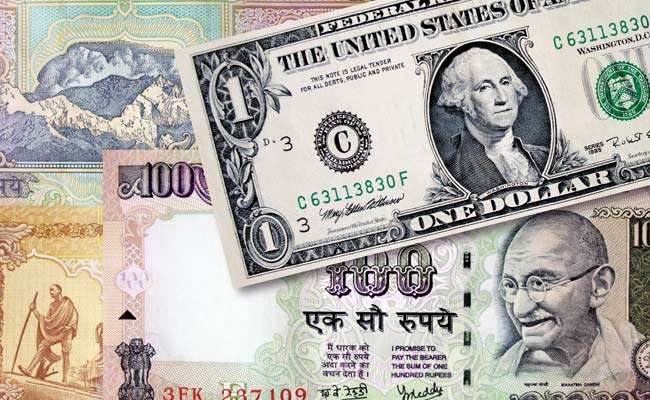
US can double its FDI in India under liberalized investment regime
The Dollar Business Bureau  Investments and Intellectual Property Protection, are the two key areas essential to India for international competitiveness in the world that is dominated by a complex global value chain. Catherine A Novelli, United States Under Secretary for Economic Growth, Energy and the Environment, made these remarks in her address at a conference on ‘Deepening the US-India Commercial Partnership’, organized by Centre for Strategic and International Studies (CSIS). “We believe the US could double its Foreign Direct Investment in India if the later continues to liberalize its investment regime,” she said at the CSIS conference. Stating that more US companies could bring their expertise, technology and capital to India, the US Under Secretary urged India to ensure transparency, predictability and legal certainty, especially to the companies involved in the global manufacturing. Further referring to the India’s poor ranking in the World Bank’s ‘Ease of Doing Business’ index, Catherine Novelli said that delay in enforcement of contracts, among other delayed processes are making India less attractive to global manufacturers and service providers. She further raised concerns over obstacles occurring in energy partnership with Indian companies and in making investments in the Indian insurance sector. In the case of investment in solar energy, she said, it has been conditioned to use the India-made content thus raising the potential cost of solar energy and further de-incentivizing the investments. Whereas in the case of investment in the insurance sector, it has been made a condition of having Indian management and control of the joint venture, she added. To reach a US $10 trillion GDP goal, India needs to extend financial access to 90% of its population by 2035, but foreign banks are still restricted in their ownership and operation within the Indian market, she says. She further raised concern over restriction on FDI in business-to-consumer e-commerce, while highlighting India’s strength in having world class software engineers and the US’s strength in having expertise in shipping, warehousing and logistics. One tool that could facilitate the US investment into India is a high standard Bilateral Investment Treaty (BIT), which would also ensure transparent rules and help open up more sectors for investment. In addition to the facilitation of investments, the domestic and foreign investors also need strong intellectual property rights to thrive and build their operations in India, she added.
Investments and Intellectual Property Protection, are the two key areas essential to India for international competitiveness in the world that is dominated by a complex global value chain. Catherine A Novelli, United States Under Secretary for Economic Growth, Energy and the Environment, made these remarks in her address at a conference on ‘Deepening the US-India Commercial Partnership’, organized by Centre for Strategic and International Studies (CSIS). “We believe the US could double its Foreign Direct Investment in India if the later continues to liberalize its investment regime,” she said at the CSIS conference. Stating that more US companies could bring their expertise, technology and capital to India, the US Under Secretary urged India to ensure transparency, predictability and legal certainty, especially to the companies involved in the global manufacturing. Further referring to the India’s poor ranking in the World Bank’s ‘Ease of Doing Business’ index, Catherine Novelli said that delay in enforcement of contracts, among other delayed processes are making India less attractive to global manufacturers and service providers. She further raised concerns over obstacles occurring in energy partnership with Indian companies and in making investments in the Indian insurance sector. In the case of investment in solar energy, she said, it has been conditioned to use the India-made content thus raising the potential cost of solar energy and further de-incentivizing the investments. Whereas in the case of investment in the insurance sector, it has been made a condition of having Indian management and control of the joint venture, she added. To reach a US $10 trillion GDP goal, India needs to extend financial access to 90% of its population by 2035, but foreign banks are still restricted in their ownership and operation within the Indian market, she says. She further raised concern over restriction on FDI in business-to-consumer e-commerce, while highlighting India’s strength in having world class software engineers and the US’s strength in having expertise in shipping, warehousing and logistics. One tool that could facilitate the US investment into India is a high standard Bilateral Investment Treaty (BIT), which would also ensure transparent rules and help open up more sectors for investment. In addition to the facilitation of investments, the domestic and foreign investors also need strong intellectual property rights to thrive and build their operations in India, she added.
This article was published on April 16, 2015 – 5.45 pm IST.






 to success.
to success.